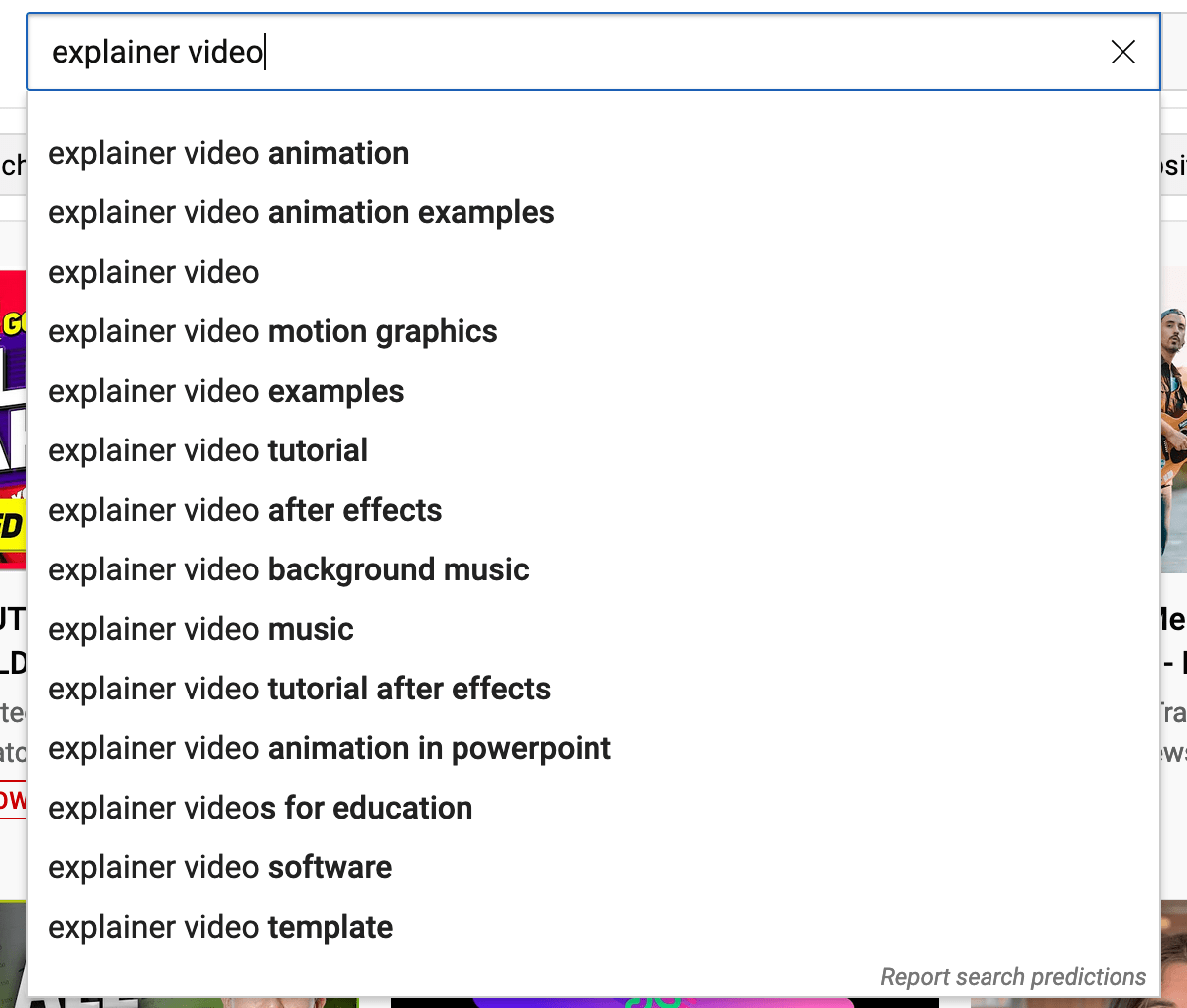YouTube SEO: Top Tips To Rank YouTube Videos
SEO, or search engine optimization, is necessary for anyone looking to improve their search ranking. This is true for any search engine, including YouTube. Though it might not seem like one at first glance, YouTube is the current reigning search engine for video content. As such, commonly used SEO tactics also apply to your YouTube channel, with some adjustments here and there.
In this article, we will break down YouTube SEO and how to apply the best practices to your channel. SEO is crucial for growing an online presence, and if introduced into your content creation process, your channel is sure to benefit.
What is YouTube SEO?
YouTube SEO refers to the series of SEO practices that specifically aim to boost your YouTube channel. Though there is undoubtedly some overlap between YouTube SEO and browser-based SEO, it isn’t a carbon copy. Investing the time and effort to understand and implement YouTube SEO will provide unique benefits and grant your channel the best chance of success.
If you’re already well-versed in SEO, you’ll have a good idea of how to apply it to YouTube. Keywords are just as important on YouTube, requiring research and incorporation into your content. Taking a data-driven approach is also necessary, creating content likely to attract and retain a large audience while still worth watching from their perspective. Spending time on oft-overlooked aspects, such as tags, video descriptions, calls to action, and so on, are also vital to achieving great results. With the overview said and done, let’s delve into some detail.
YouTube Keyword research
The importance of this point cannot be overstated. It marks the start of the process, often dictating the level of success a campaign has.
Keyword research can be conducted using external tools, or more simply, by typing in a term relevant to your brand. By doing the latter, YouTube will offer a number of recommended search terms. This provides a significant insight into your target audience and their interests.

The search terms offered by YouTube are searches made by YouTube’s users. By searching for terms relevant to your industry, you can hone in on what resonates with your target audience. More importantly, each term suggested by YouTube is guaranteed to be a popular one; the algorithm doesn’t pluck any old term and throw it to its users.
Therefore, creating content centered around these suggested keywords provides two significant benefits. One, you can rest assured that an audience exists for your content and is likely to see it. Two, by using these suggested keywords, you will focus on a particular niche, something heavily favored by any search algorithm.
There is an alternative to using these suggested keywords. It is certainly valuable to see what your target audience searches for, but it can be even more valuable to know what performs well with them. To do this, look to your competitors, especially established channels. Take a look at their most viewed videos in your niche. These videos highlight popular keywords by nature of their high performance. By the same token, videos with a low view count show keywords that aren’t likely to perform well. Both insights are precious.
The last major factor in keyword research is identifying keywords with low competition. Keywords without many search results are the perfect place for fledgling channels to thrive, as they provide the ideal playground to develop their skills and audience without too much struggle. To identify low-competition keywords, simply take any keyword and plug it into Google. The search engine will tell you how many results exist at the top. Here, you should look for keywords with only a few thousand results rather than a few million.


You may be wondering what the value of asking Google is. After all, you aim to target YouTube with your content. Well, the answer is twofold. Google provides a good idea of how competitive a keyword is, whether you aim to target YouTube or the search engine itself. More importantly, however, is that your content can be featured on the front page of Google as a video result. Not every keyword will give you a chance of this, but it is certainly an important prospect to keep in mind.
Optimize your YouTube videos
Once your keywords are collected, it’s time to create your content. Naturally, producing high-quality content is a must, but optimizing it is what will really get your brand out there. The first step to optimizing your content is to say the keyword. This is picked up by YouTube, which recognizes your video as targeting the mentioned keyword and ranks it higher. It sounds obvious, but so many content creators neglect this simple rule. As a result, their videos are often lost to the masses of other videos.
Similarly, you should optimize your title and descriptions to also include keywords. A short and snappy title with the keyword included, alongside a keyword-rich description, will be appealing to both your audience and the algorithm.
While less important than the previous two points, Tags can make the difference. Consider them the cherry on the top of your optimization process. Including relevant tags in your videos makes them more likely to show up in your audience’s search results and suggested videos section.
Focus on viewer retention
You have great content optimized for YouTube’s algorithm, but you need to include one more factor – viewer retention. Attaining a high search rank is dependent on the factors mentioned above; keeping it depends on retention. The YouTube algorithm is often a complex beast to understand, but we know that it values audience retention. As such, for both a returning audience and a happy algorithm, you need to focus on retention.
The question is, how do you retain your viewers? For starters, you need to ensure your audience is in the right place. Perhaps your video is about how to bake a cake, or maybe the Amazon rainforest, or even the state of Yemen’s economy. Regardless of the topic, tell your audience what your video is and what they should expect. If your viewers aren’t sure where your video is going, they are likely to leave after only a few seconds, even if they are your target audience. Keep it brief, though. Your intro should be a quick overview, then lead straight into the main attraction.
Another great way to increase retention is by dropping breadcrumbs throughout your video. In practice, this is as simple as setting up a question to be answered later. This functions similar to how it does in films and books. Something of interest is offered at regular intervals, with the promise of being addressed later on. Just be sure to address it, or you run the risk of frustrating your audience.
Promote your YouTube channel
Promoting your YouTube channel is partially contingent on the previous points, as high-quality and well-optimized content is more likely to be put before an audience. However, there’s more to it than that.
In addition to brilliant content, you shouldn’t be shy to do a bit of marketing. Put the word out on forums and other websites that host your target audience. Post your videos in relevant discussions, though be careful not to appear spammy. Doing so, especially if you answer a question well, will attract an audience you may well not have otherwise. What’s more, they are likely to return specifically to your site if you answer a question well. It shows you are reputable and an authority on a subject, one that might hold the answer to other questions. If your viewers think this, why would they look elsewhere?
Forums and the like aren’t the only places for your channel; email is too. As you grow, you’ll find plenty of emails wind up in your inbox. When you answer them, be sure to include a link to your channel in the reply. You could even embed one of your videos directly in the email itself if you have a relevant video on your channel. People who email you likely have a positive opinion of you and are more likely to follow through to your channel. This will earn you views and possibly subscriptions that you might have ended up missing.
Wrapping up
Those are our main points to follow when navigating YouTube SEO. Although it may seem a bit of a challenge at first, these SEO tactics will become second nature before long. Eventually, they will become a core part of your content creation process. You’ll even end up doing them subconsciously as you search for the next video topic or write your next script. When they become a fixture in your content creation process, hitting page one is soon to follow.



